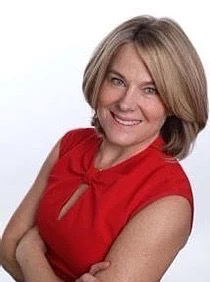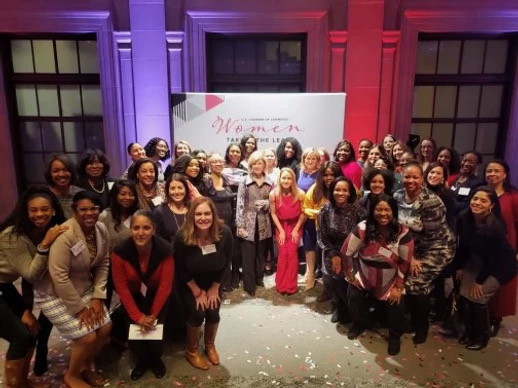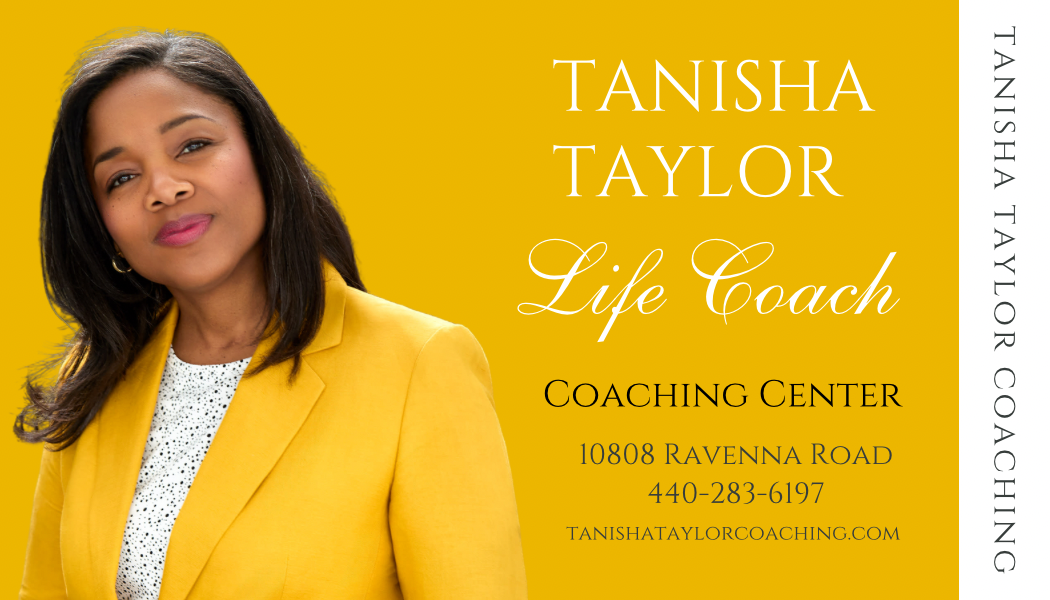The notion of a glass ceiling may seem anachronistic to some given that our incoming Vice President and the House Majority Leader are both women, and women continue to fill the seats in the C-suite and boards of directors in increasing numbers.
But this gives a false impression of what is happening on the ground. Women trail men in management, senior-level positions and in the boardroom. Progress toward gender equality in the United States has slowed or stalled. And the pandemic is only making things worse.
Women receive more baccalaureate and doctoral degrees than men. But they still do not reach the highest echelons of corporate America in parity with men. The World Economic Forum reports the global economic opportunity gender gap will take 257 years to close. Closer to home, McKinsey & Company calls the pandemic’s impact on women “an emergency for corporate America.”
The status quo isn’t working. Women continue to fall behind economically. Enter super-connector and legislative strategist, Ashley Wilson, Vice President of Congressional & Public Affairs, U.S. Chamber of Commerce. Wilson created Women Taking the Lead (WTTL), a Chamber program to connect executive women to each other, and to help them build out their networks, as they create and identify opportunities for future growth.

What started out as a smallish, 40-person group of women executives in the DC area in 2019 has swelled to a several-thousand woman community spanning the country with the sole objective of helping its members move ahead in their career.
“We showcase exceptional women, and also the companies that are doing exceptional things for women,” Wilson says. Initially, the program focused on connecting women in the D.C. area where the U.S. Chamber of Commerce is located, and where the program’s events would take place. But the pandemic led to online events and participation by women leaders across the U.S. Stacey Dion, Managing Director and Global Head of Government Affairs for The Carlyle Group, explains that a lot of women get stuck at the mid-level of their organizations, and it can be difficult to move into the top leadership roles. So how do we prevent women from being stuck in mid-level positions? It certainly isn’t a lack of talent, expertise, or drive. But it often is about women having access to, and getting seen by, people who make hiring decisions, or are at least part of the hiring process.
Dion explains that WTTL isn’t solely for networking, it is about women sponsoring each other. She says, “it’s creating a system where we can help showcase and advance women in the business of government, irrespective of party affiliation and background.” She continues, “we help each other move to the next rung on the corporate ladder by supporting each other, sharing leads, and making introductions.”
To move ahead, women need someone to put their name in the ring when a job opens up. “This is what we do for each other,” she says. It’s a team effort.
Dion says that she recommends women from WTTL for positions that companies and search firms would not necessarily have known about or looked at. “I know two women who have gotten senior positions as a result of introductions made by the group,” she reports, and says that many, many more have advanced in their careers because women from WTTL stepped up to help them find opportunities to move ahead.
“Everyone benefits when there is diversity of thought at the top of the corporation, and that means more women in leadership positions,” says Wilson.
Wilson acknowledges the support that she has received from the U.S. Chamber of Commerce in making the WTTL a success, and credits in large part Suzanne Clark, the Chamber’s first female president, for that. Wilson relates that Clark has been a strong advocate for the WTTL, not only because it is the right thing to do, but also because there is an indisputable business case for advancing women to higher levels in their organizations.
According to Wilson, experts stress that women don’t talk about their work enough. “We created a platform to bring senior level women together so they can speak about what they are doing,” she explains.
Jennifer Davis, founder of the Jennifer Davis Media Group LLC, remarked that the group has grown so incredibly fast because women crave this type of community. The magic of the group is that it extends across industries, organizations and political parties. There are no siloes. Davis explains that the events which are now held virtually over Zoom are wide ranging in topic, from policy issues to personal issues. She relates that the connections between members are deeper and “you get a better sense of what people are passionate about and working on.” She continues, “Ashley excels at connecting people on an individual basis and in the group. She inspires others to make connections.”
What’s more, Davis advises, there is no competition at WTTL. She says, “once you connect with these amazing women, you want other people to know about them. When you find people who could benefit from what they do, you want to connect them.”
And that’s the secret sauce. Women championing women. We can all learn a lesson here about the importance of asking ourselves and our organizations what we can do to help more women advance their careers. That’s how we fill more seats at the top. That’s how we close the gap.
Andrea Tinianow is a Delaware attorney and founder of the Connector Street app.
Andrea is a frequent speaker on a range of topics related to networking, innovation, blockchain technology and the law. You can learn more about her here. Watch Andrea’s TedX talk here. Read her Forbes.com articles here.

























